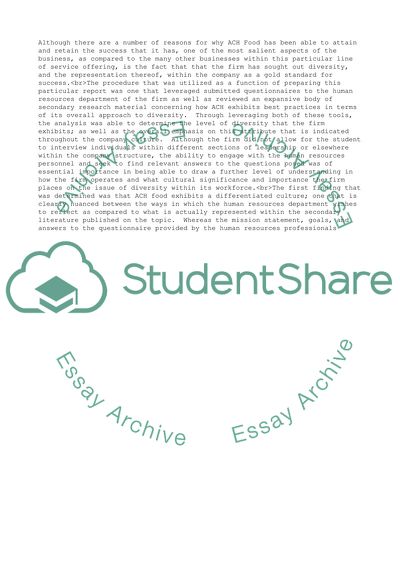Cite this document
(Investigation of Equality and Diversity Strategy in an organisation Essay - 1, n.d.)
Investigation of Equality and Diversity Strategy in an organisation Essay - 1. https://studentshare.org/business/1843200-investigation-of-equality-and-diversity-strategy-in-an-organisation
Investigation of Equality and Diversity Strategy in an organisation Essay - 1. https://studentshare.org/business/1843200-investigation-of-equality-and-diversity-strategy-in-an-organisation
(Investigation of Equality and Diversity Strategy in an Organisation Essay - 1)
Investigation of Equality and Diversity Strategy in an Organisation Essay - 1. https://studentshare.org/business/1843200-investigation-of-equality-and-diversity-strategy-in-an-organisation.
Investigation of Equality and Diversity Strategy in an Organisation Essay - 1. https://studentshare.org/business/1843200-investigation-of-equality-and-diversity-strategy-in-an-organisation.
“Investigation of Equality and Diversity Strategy in an Organisation Essay - 1”. https://studentshare.org/business/1843200-investigation-of-equality-and-diversity-strategy-in-an-organisation.


